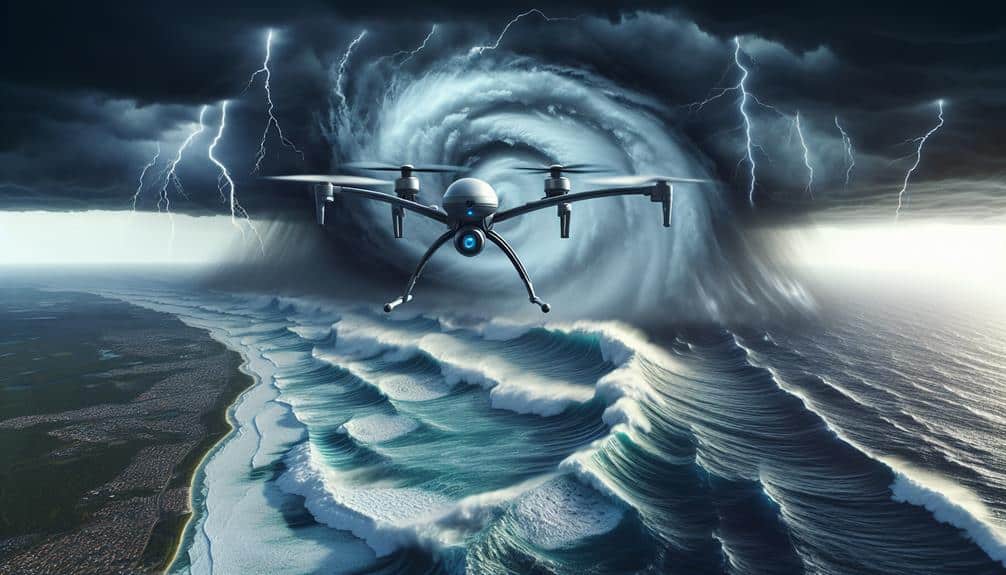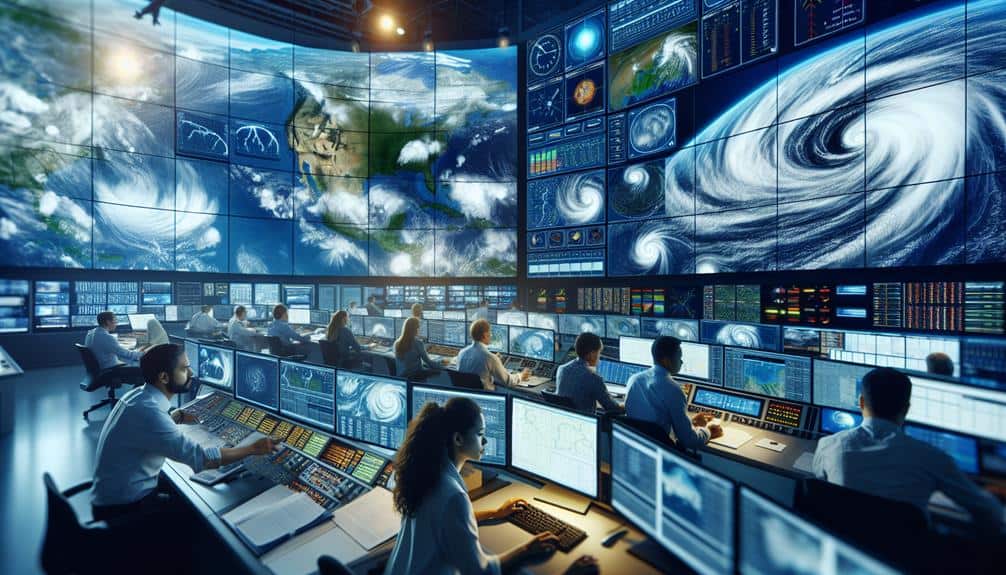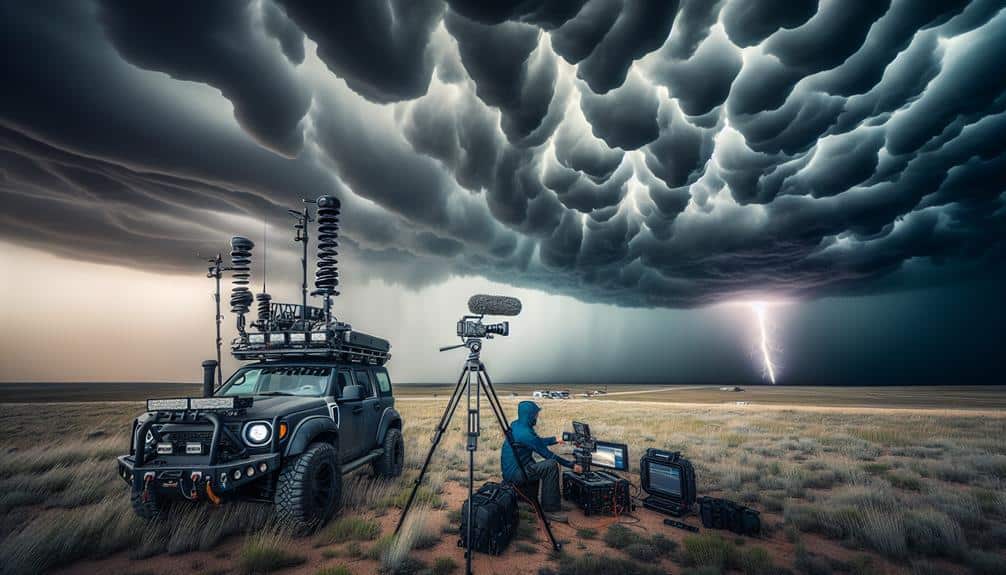Navigating Gulf of Mexico Hurricanes: A Researcher's Guide
Traversing Gulf of Mexico hurricanes demands that we leverage exact forecasting models and robust data collection techniques. With sea surface temperatures exceeding 26.5°C fueling storms, our advanced radar and satellite tools become indispensable. We need to prioritize resilient infrastructure and reduce greenhouse gas emissions to mitigate long-term effects. Essential gear like high-impact helmets and waterproof […]
Navigating Gulf of Mexico Hurricanes: A Researcher's Guide Read More »








